Top 5 Crops of the Future and Why They’re Important
As the global population keeps increasing and climate change impacts agriculture, a major question keeps popping up; how will we feed everyone in the future? The solution might not be limited to the familiar crops such as rice, wheat, and maize.
Researchers and farmers are exploring alternative crops that can thrive in challenging environments, offer high nutritional value, and promote sustainable agriculture. Here are five future crops and their significance.
- Quinoa
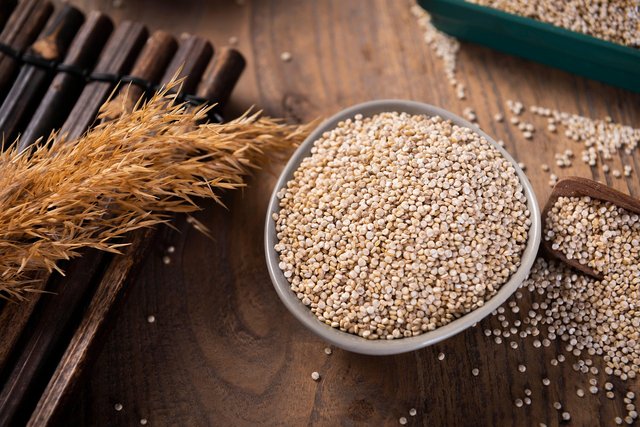 source source |
|---|
Quinoa is always referred to as a "superfood." It is rich in protein, fiber, iron, and vital amino acids that are often missing in many staple foods. First cultivated in the Andes mountains of South America, quinoa can grow in poor soil and endure extreme temperatures. As global diets move towards healthier choices, quinoa provides nutrition. It has the potential to be an important crop in combating hunger and malnutrition.
Example: In Peru and Bolivia, quinoa has been a staple food for centuries, especially around the Andes mountains. Farmers there grow hundreds of varieties.
- Sorghum
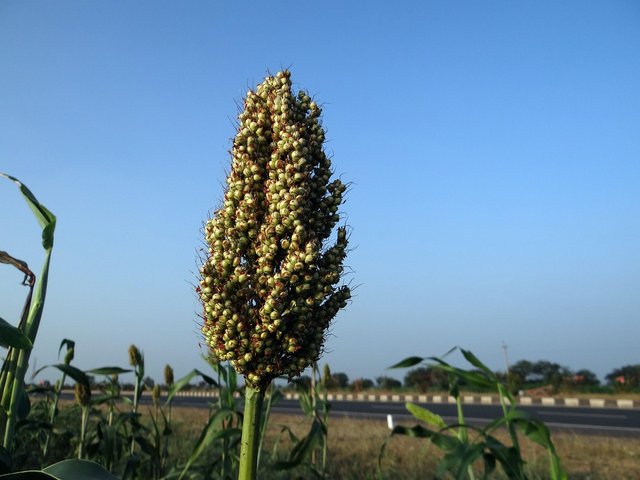 source source |
|---|
Sorghum might not be as well-known as corn, but it is among the most drought-resistant crops globally. It needs little amount of water, survives in hot environments, and can last in soils where other plants struggle. In addition to being a food source, sorghum can be converted into biofuel, which makes it valuable for both energy and food security. As climate change leads to more droughts, sorghum is expected to become increasingly significant in Africa, Asia, and other regions.
Example: In Nigeria, sorghum is used to make local foods like tuwo masara (a thick porridge) and is also brewed into traditional drinks.
- Millet
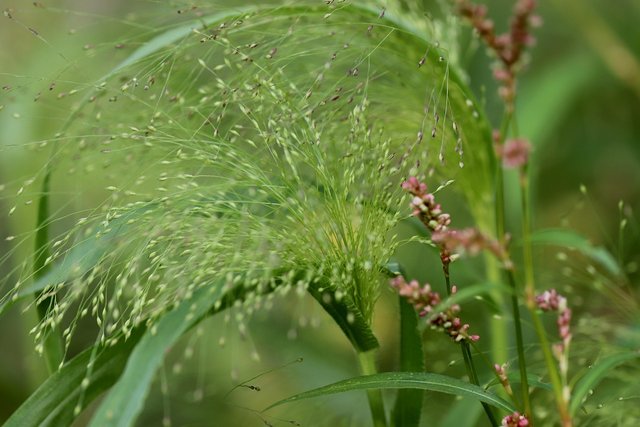 source source |
|---|
Millet is an ancient grain that is becoming popular again. It grows quickly, survives dry conditions, and requires less fertilizer and pesticides. Rich in fiber, protein, and minerals, millet is a nutritious choice compared to processed grains. For centuries, millet has been a staple food in many regions of Africa and India, but it is now gaining global recognition as a sustainable crop that can enhance food security and nutrition.
Example: In India, millet is used to make flatbreads (roti) and porridge. It is an important crop during dry seasons because it grows fast with little water.
- Bambara Groundnut
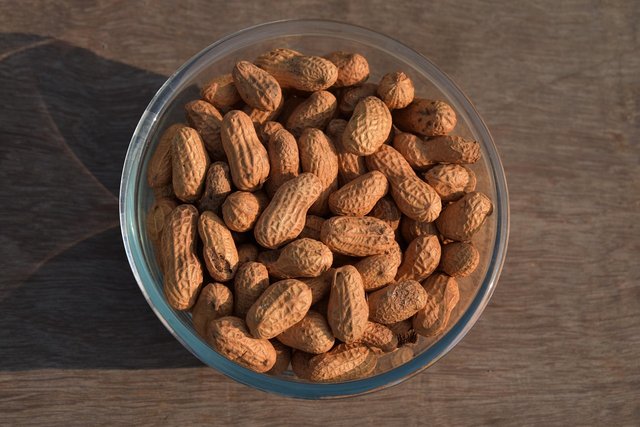 source source |
|---|
Bambara groundnut, often referred to as a "complete food," is a legume that comes from Africa. It is very nutritious, giving protein, carbohydrates, and vital minerals. Its unique feature is the ability to thrive in poor soils while dealing with nitrogen, which enhances soil fertility for other plants. Farmers can cultivate Bambara groundnut with minimal resources, making it a right choice for sustainable farming practices in the future.
Example: In Ghana and Nigeria, Bambara groundnut is boiled and eaten as a snack or cooked into porridge. It’s called okpa in parts of Nigeria and is a cheap but very nutritious street food.
- Amaranth
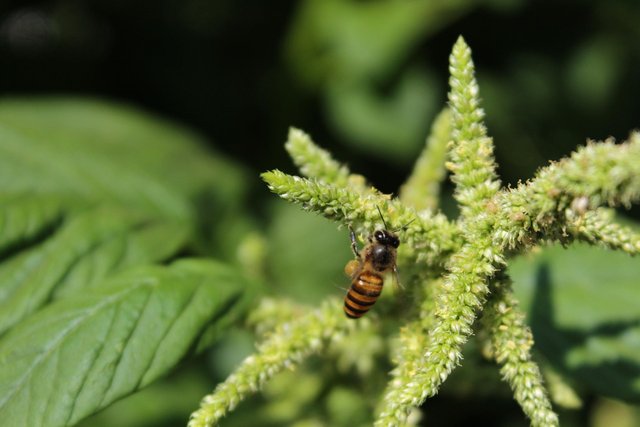 source source |
|---|
Amaranth serves as both a grain and a leafy vegetable, making it very versatile. Its seeds are gluten-free and high in protein, calcium, and magnesium, while the leaves are edible and full of vitamins. Amaranth grows rapidly, adapts to various climates, and can thrive in poor soils.
For communities seeking a crop that offers both food and nutrition, amaranth is an excellent choice.
Example: In Kenya and Uganda, the leafy part of amaranth is a common vegetable, often cooked with onions and tomatoes. It’s known locally as terere in Kenya.
Why These Crops Matter
Future crops are not only focused on increasing food production, they also aim to create food that can endure climate change, provide better nutrition, and safeguard the environment. In contrast to highly commercialized crops, these plants require less water, fewer chemicals, and can grow in less fertile soils. This makes them more sustainable and easier for small-scale farmers, who frequently face resource limitations, to cultivate.
As the world seeks ways to tackle hunger, malnutrition, and environmental issues, these crops emerge as part of the solution. By varying what we cultivate and consume, we lessen our reliance on a limited number of staple crops and build a stronger food system.
In reality, the future of agriculture may differ from what we see today. Rather than just rice, wheat, and maize taking over the fields, we could witness an increase in quinoa, millet, sorghum, and other resilient crops. This shift is beneficial for our health, our farmers, and our planet.
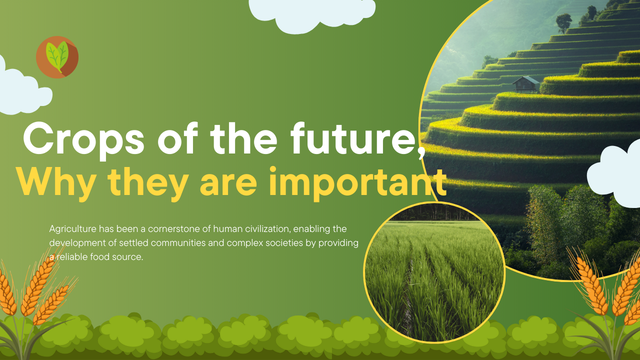

Upvoted! Thank you for supporting witness @jswit.
💦💥2️⃣0️⃣2️⃣5️⃣ This is a manual curation from the @tipu Curation Project
@tipu curate
Upvoted 👌 (Mana: 1/7) Get profit votes with @tipU :)